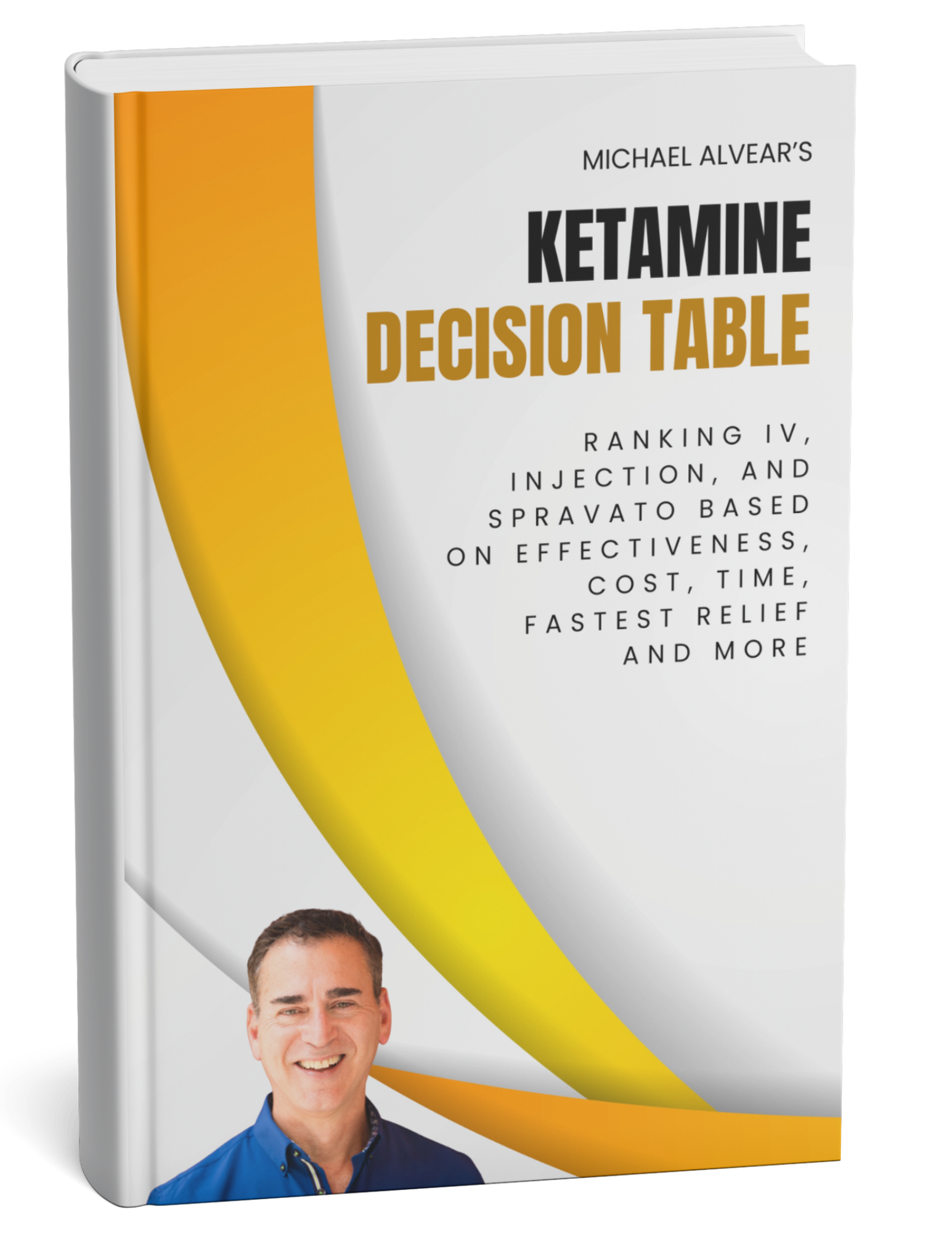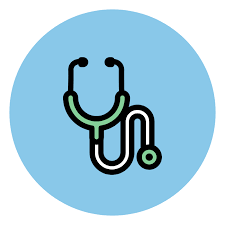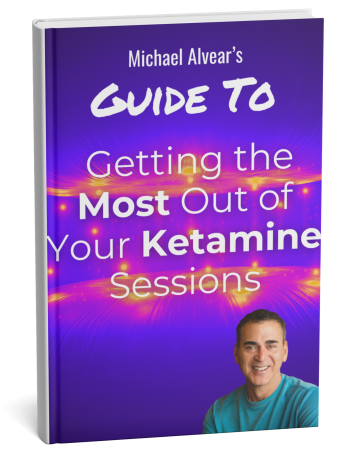Am I a Candidate for Ketamine Therapy for Depression?
By Michael Alvear, Health Author & Independent Researcher
My research is published on these scholarly platforms:
Last Updated:
Can You Get Ketamine Therapy for Depression?
It depends on which type you’re considering.
IV or injection ketamine is relatively accessible. You need a depression diagnosis and you’ll go through a screening appointment where they check if it’s safe for you—things like heart problems, blood pressure issues, or medications that might interact badly. Most clinics don’t care whether you’ve tried other antidepressants first.
Spravato nasal spray has a higher bar. Insurance and the FDA require that you’ve already tried at least two different antidepressants that didn’t work well enough. So if this is your first attempt at treating depression, Spravato isn’t an option yet.
Regardless of which type, you need three practical things in place: someone to drive you home after each session (you can’t drive yourself), the flexibility to take a few hours off on treatment days, and a way to cover the cost—either insurance that will pay, money saved up, or a payment arrangement with the clinic.
Can’t Decide Between IV, Injections, Or Spravato?
Use My Decision Table

This report ranks all three options—IV, injection, and Spravato—on effectiveness, cost, fastest relief, and more, giving you a clear framework to decide.
Downloads as PDF • 5 minute read
What Does Scientific Research Show About IV Ketamine’s Effectiveness For Depression?

I pulled together 33 systematic reviews from the last five years into one report—so you don’t have to rely on hype, guesses, or anecdotes. This is the highest level of real-world evidence we have.
Inside My Report You’ll Find
- What percent of patients enter remission—broken down by delivery method
- Which method is most effective—IV, injection, or Spravato nasal spray
- How fast ketamine can work to reduce or end symptoms
- Which combinations (like psychotherapy) may enhance response
- And a lot more…
Verified by the Platforms That Matter
This research summary report has been published across four trusted platforms that host peer-reviewed or open science content, including:
– Published ketamine research on Zenodo
– Ketamine evidence summary hosted on SSRN
– Scientific report on ketamine outcomes on Figshare
– Evidence-based ketamine therapy report on OSF
View the PDF Report Here:
Essential Ketamine Therapy Facts
Ketamine therapy requires five essential criteria: a formal depression diagnosis, medical clearance, ability to take time off work, reliable transportation, and financial means to afford treatment
Spravato nasal spray is only FDA-approved for treatment-resistant depression, while IV ketamine and injections can treat major depressive disorder, persistent depressive disorder, bipolar depression, and seasonal affective disorder
Treatment-resistant depression means you’ve tried and failed to get relief from at least two different antidepressants or other therapies
Spravato must be administered in a REMS-certified clinic, which are harder to access in rural areas
IV ketamine is FDA-approved as an anesthetic but remains off-label for depression treatment despite decades of safe use
Brain aneurysms, history of brain bleeding, severe cardiovascular disease, pregnancy/breastfeeding, active psychosis, and being actively suicidal with a plan completely disqualify you from ketamine therapy
You legally cannot drive after ketamine treatment due to dizziness, impaired coordination, and altered judgment that lasts several hours
IV ketamine’s effect size is 1.52 compared to SSRIs’ effect size of 0.3—five times the therapeutic impact
Off-label use is standard medical practice used safely across medicine for decades and simply means a drug is prescribed for a use not listed in its official FDA approval
No company has financial incentive to pursue FDA approval for IV ketamine for depression because it’s a generic drug
Systematic reviews show up to 70% of patients experience significant symptom relief with ketamine therapy
Patients must prove they’ve taken at least two traditional antidepressants from different drug classes for 6-8 weeks each before qualifying for Spravato
References & Citation
Ketamine therapy requires meeting several criteria: a formal depression diagnosis, medical clearance (including cardiac or neurological evaluation if needed), a responsible driver for transportation after each session, and financial means to afford treatment
Spravato nasal spray is FDA-approved for treatment-resistant depression and MDD with acute suicidal ideation, while IV ketamine is FDA-approved only as an anesthetic and used off-label for all types of depression
Treatment-resistant depression (TRD) happens when at least two different first-line antidepressants don’t improve symptoms after adequate dosage and duration (at least six to eight weeks each)
Spravato must be administered in a REMS-certified clinic, and the requirement for certified treatment centers can limit geographic access, particularly for individuals living in rural or underserved areas
Off-label use means a drug is being used for an indication not in its FDA approval
IV ketamine is administered via slow infusion, commonly 0.5 mg/kg over 40 minutes
IV ketamine is accessible to more patients, including some with non-treatment-resistant depression
Ketamine effects, including dizziness and cognitive impairment, last for hours after treatment
Ketamine therapy requires several hours: treatment, recovery, and travel for each session
Systematic reviews show up to 70% of patients experience significant symptom relief with ketamine therapy





